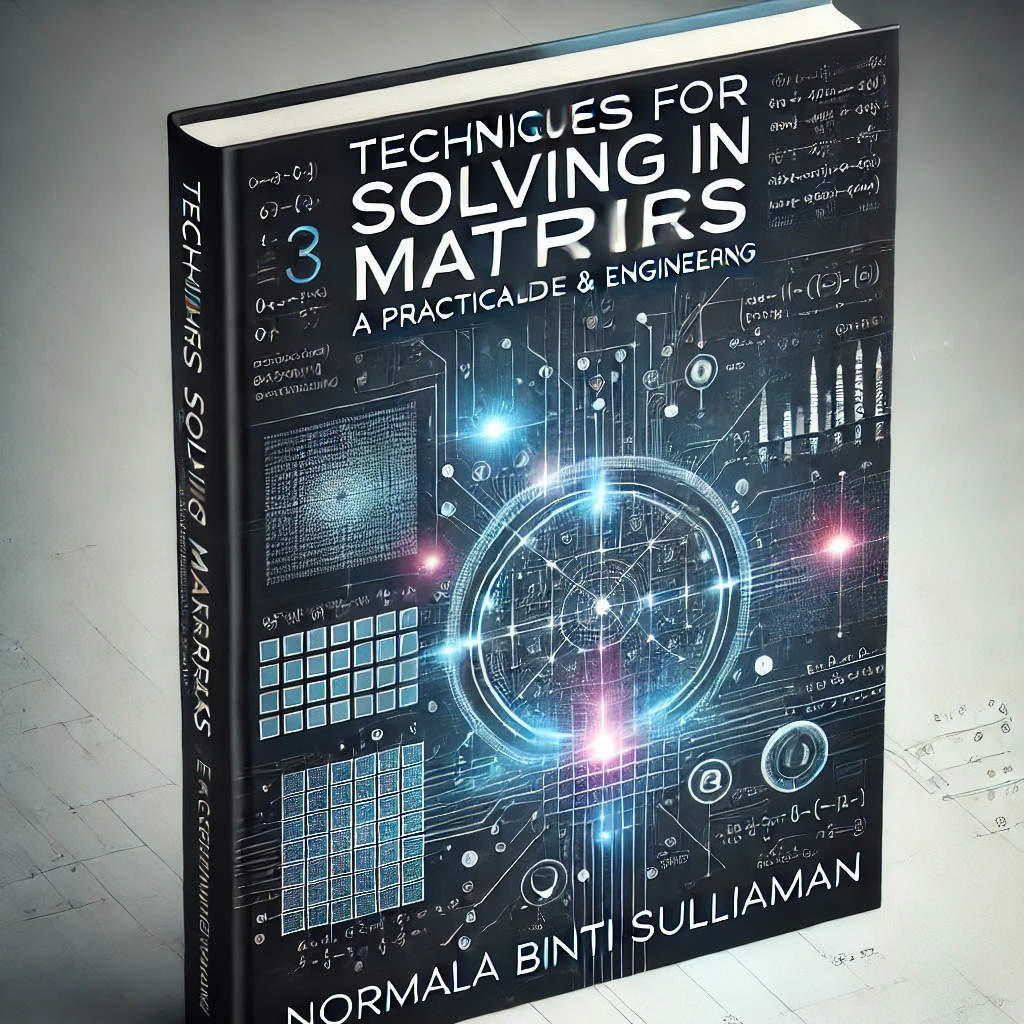Techniques for Solving Matrices in Engineering
in MathAbout this course
Matrices play a crucial role in engineering, mathematics, and applied sciences, serving as a fundamental tool for solving complex systems of equations, optimizing computations, and analyzing structures. This ebook, Techniques for Solving Matrices in Engineering, provides a comprehensive guide to understanding matrix operations, determinants, inverses, eigenvalues, and their real-world applications in engineering disciplines. It covers essential mathematical techniques used in structural analysis, electrical circuit design, control systems, and computer graphics.
With clear explanations, step-by-step examples, and practical applications, this book serves as a valuable resource for students, engineers, and professionals who seek to strengthen their understanding of matrices. By the end of this ebook, readers will be equipped with the knowledge to apply matrix techniques effectively in solving engineering problems and enhancing computational efficiency.
Comments (0)
Definition and Importance in Engineering
A matrix is a rectangular array of numbers arranged in rows and columns. It serves as a fundamental tool in various engineering applications, including solving complex systems, optimizing computations, and analyzing structures. Matrices are widely used in physics, engineering, economics, and computer science due to their ability to represent and manipulate large sets of linear equations efficiently.
In engineering, matrices are employed in fields such as:
Structural analysis (e.g., calculating forces in bridges and buildings)
Electrical engineering (e.g., circuit analysis and signal processing)
Control systems (e.g., robotic automation and stability analysis)
Computer graphics (e.g., image transformations and 3D modeling)
note







